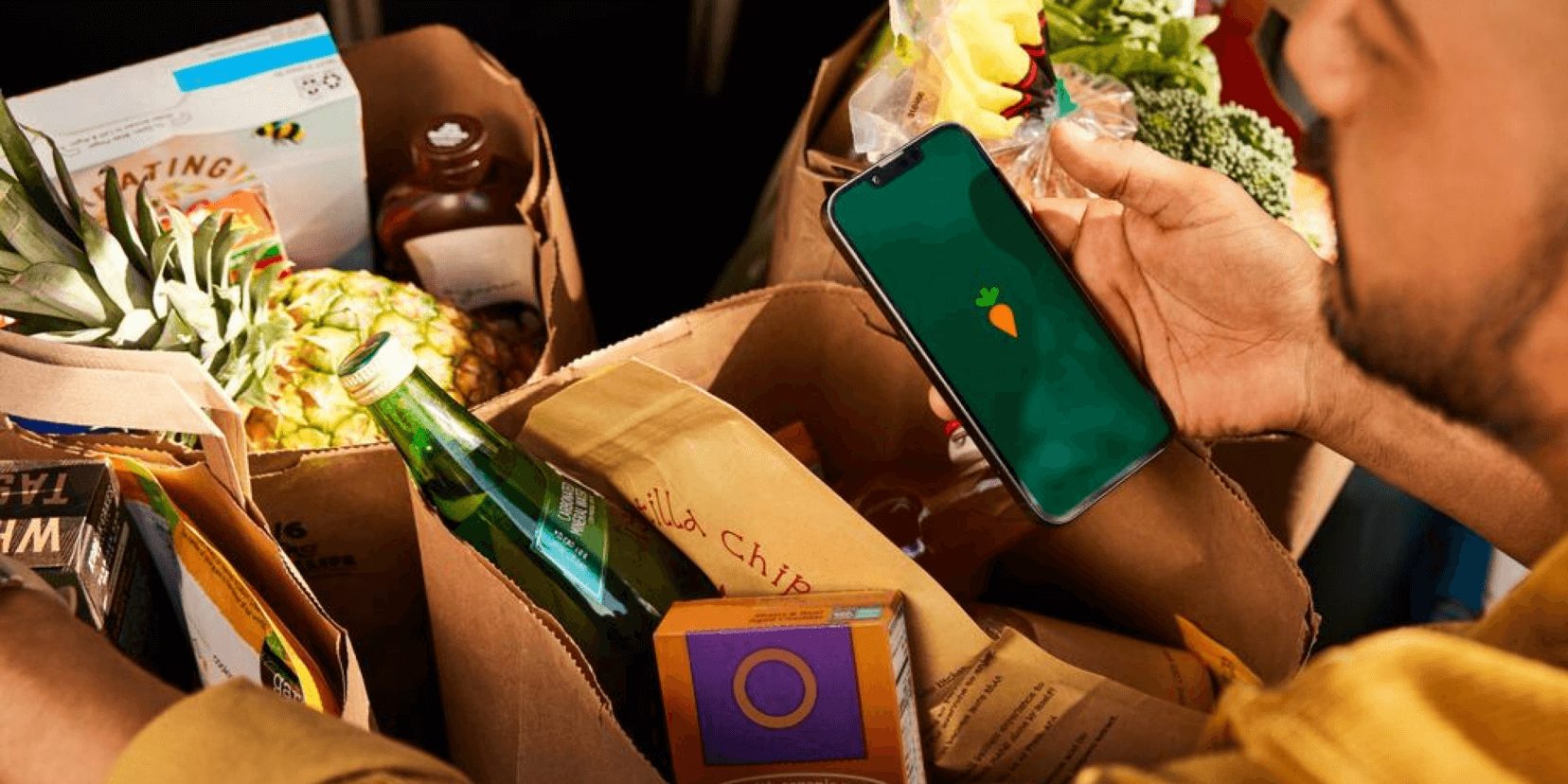Channel
Strategies
Supermarkets still feeling post-pandemic impacts
By Chloe Alverson
Consumers continue to opt for online shopping
(Image courtesy of Publix)
The 2009 film “Zombieland” is a comedy about a post-apocalyptic America in which zombies have taken over. One of the characters, Tallahassee (played by Woody Harrelson) is obsessed with finding the remaining boxes of Twinkies. He takes his new companion, Columbus (played by Jesse Eisenberg), on a mission to a zombie-filled supermarket to obtain the very last box of Twinkies.
Although trips to the supermarket don’t require shoppers to ward off zombies, the channel itself has had to adapt to changes in the way consumers shop and spend.
Joan Driggs, vice president of thought leadership at Chicago-based Information Resources Inc. (IRI), notes that the grocery channel has seen dollar sales growth of 5.5% during the past year because of inflation. Yet, unit sales for the grocery segment are down, she says.
In contrast, the club channel continues to outpace the grocery channel in both dollar and volume sales growth, she notes.
“The grocery channel commands 37.6% of dollar sales across measured channels, which also includes convenience, club, drug, mass/supercenter, dollar and health/vitamin,” she explains.
Daniel Costanza, principal, client insights at IRI points out that, within the grocery store channel, better-for-you beverage options have thrived.
“Since 2020, we have seen sport drink mixes, shelf-stable yogurt drinks, kombucha, energy drinks, low-calorie CSDs and cold brew coffees experiencing some of the better growth rates among beverage segments,” he says. “Better-for-you and health and wellness appear to be the theme as consumers look to move beyond indulgent comfort during pandemic lockdowns to more proactive health/self-care.”

Consumers are taking advantage of online grocery shopping opportunities through options like Instacart. (Image courtesy of Instacart)
Aside from impacting beverage trends, the pandemic has had a long-lasting influence on the way people shop, Driggs notes, causing consumers to spend more of their grocery money online, rather than in-store.
“eCommerce’s share of multi-channel sales is now 22%, but it’s contribution to multi-channel growth is 40%,” Driggs says. “When we dig into food and beverage versus nonedible, we see that edible accounts for 36% of eComm sales, compared to 64% of nonedible. And a growing percentage of beverage sales are online, now accounting for a 17.4% share of beverage sales, which is up 24% from a year ago. In fact, eCommerce’s contribution to multi-channel beverage sales is 28% — so it’s clearly driving growth for the category.”
A June blog post from National Retail Federation (NRF) looked into the partnership between Cincinnati, Ohio-based Kroger and the United Kingdom’s online grocery retailer, Ocado Group, during NRF Supply Chain 360.
At the conference, Kroger’s Senior Vice President of Supply Chain Gabriel Arreaga was joined by Ocado Solutions’ Senior Vice President David Hardiman-Evans for a keynote. They discussed how Kroger, despite being large-scale and local in nature, “has overcome the challenges of note being able to ‘stockpile fresh food,’ using cutting-edge technology and end-to-end cold solutions to fulfill and deliver online orders.”
“Since 2020, we have seen sport drink mixes, shelf-stable yogurt drinks, kombucha, energy drinks, low-calorie CSDs and cold brew coffees experiencing some of the better growth rates among beverage segments.”
— Daniel Costanza, principal of client insights at IRI
Arreaga noted that Kroger saw success with retail in brick-and-mortar, but the company’s partnership with Ocado aided in the delivery experienced.
“And from one day to the other, we had already a track record of being able to do pick-up grocery, to be able to actually meet the customer where they wanted from an eCommerce perspective,” Arreaga said in a statement. “But we really didn’t have a lot of experience in delivering to people’s homes.”
In a recent industry report from IBISWorld, Los Angeles, titled “Supermarkets & Grocery Stores in the U.S.,” the company suspects that, during the next five years to 2027, supermarkets will experience continued competition from online operators. The report states that, “the steady adoption of online grocery services will likely hamper industry revenue growth over the coming years.”
Another industry trend noted in the report is that, as the most populous generation in the United States, supermarkets must cater to the needs of millennials, meaning smaller-sized stores with a selection of high-quality products. Stores with the traditionally large layouts likely will struggle to compete, it states.
“While many major operators will likely open new, limited-assortment and fresh format stores over the next five years, others will likely choose to simply enhance their current locations and product offerings,” the report notes. “Traditional supermarkets are increasingly adding amenities, such as home grocery delivery, dining areas and beer and wine bars. Enhancing existing stores is likely to be a more cost effect than opening entirely new locations.”
Beverage trends, the report shows, are moving away from sodas and sugary drinks, because today’s consumers are becoming increasingly health-conscious. IBISWorld suspects that the overall beverage category — alcohol and non-alcohol drinks — will account for 8% of industry revenue for supermarkets and grocery stores. BI
January 2023 | bevindustry.com
